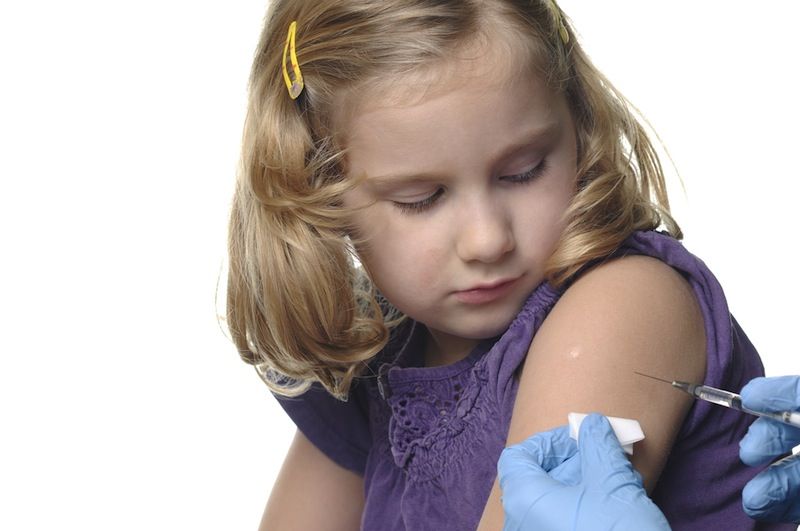Confirmed: Disneyland Measles Outbreak Linked to Low Vaccination Rates

Low vaccination rates are likely responsible for the large measles outbreak that began at Disneyland in California last December, a new analysis suggests.
The researchers estimated that the MMR (measles, mumps and rubella) vaccination rate among the people who were exposed to measles in that outbreak may be as low as 50 percent, and is likely no higher than 86 percent. Since the beginning of this year, 127 cases of measles in the United Stateshave been linked to the Disneyland outbreak, according to the Centers for Disease Control and Prevention (CDC).
"While researchers have certainly speculated that low vaccine rates might be to blame for the 2015 Disneyland measles outbreak, our study confirms this suspicion in a scientifically rigorous way," said study author Maimuna Majumder, a research fellow at Boston Children's Hospital.
Because measles is such a highly contagious virus, vaccination rates of 96 percent to 99 percent are necessary to prevent outbreaks, Majumder said.
The disease usually begins with a high fever, cough and runny nose. But then a few days after those symptoms appear, a red rash breaks out on the face and then spreads to the rest of the body.
Prior to these findings, researchers didn't have a good idea of how low vaccination rates might be among the people who came in contact with measles cases linked to Disneyland, Majumder told Live Science.
In the analysis, which is published online today (March 16) in the journal JAMA Pediatrics, the researchers created a mathematical model using data from both the official measles case counts collected by the California Department of Public Health during the outbreak, and media-reported case counts. [7 Devastating Infectious Diseases]
Sign up for the Live Science daily newsletter now
Get the world’s most fascinating discoveries delivered straight to your inbox.
By using these two data sources, researchers were able to capture the transmission of the virus as the measles outbreak spread beyond California. The CDC currently reports that there have been cases in seven other states, as well as in two neighboring countries (Mexico and Canada) linked to the Disneyland outbreak since the start of the year.
Unvaccinated kids
The national rate for the MMR vaccination in the U.S. is quite high, at about 92 percent. However, pockets of undervaccination can act as breeding grounds for future measles outbreaks, Majumder said.
"The 2015 Disneyland outbreak is quite possibly a direct consequence of the growing anti-vaccination movement in the United States," she said.
This new analysis affirms, with better mathematical precision, that the major sources of new measles cases are U.S. children who have not been vaccinated, said Dr. William Schaffner, a professor of infectious diseases at the Vanderbilt University School of Medicine in Nashville, Tennessee, who was not involved in the research.
"A level of protection against measles as low as 50 percent makes pediatricians, infectious-disease experts and the public health community profoundly concerned," Schaffner told Live Science.
He described measles as a miserable disease for children that can last from seven to 10 days and can be complicated by ear infections, pneumonia and even death.
Schaffner said that the measles vaccine is so effective that it had eliminated measles from the entire Western Hemisphere — which was considered a public health triumph.
To see that countries like the United States and Canada might be letting the disease back in because some parents have not been getting their children vaccinated is incomprehensible, he said.
Follow Live Science @livescience, Facebook & Google+. Original article on Live Science.
Cari Nierenberg has been writing about health and wellness topics for online news outlets and print publications for more than two decades. Her work has been published by Live Science, The Washington Post, WebMD, Scientific American, among others. She has a Bachelor of Science degree in nutrition from Cornell University and a Master of Science degree in Nutrition and Communication from Boston University.












